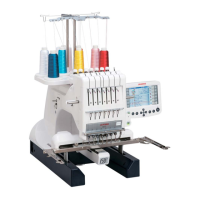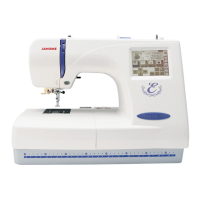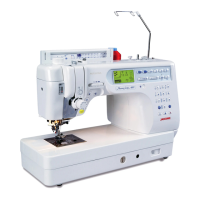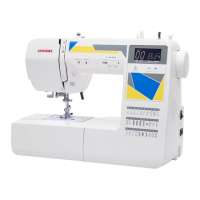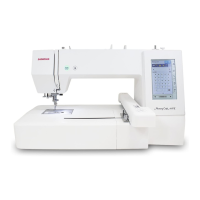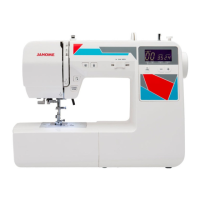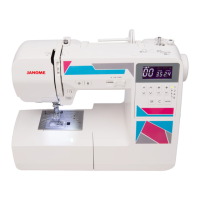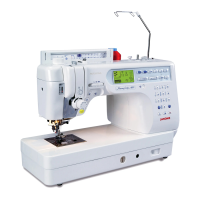Why does my Janome Sewing Machine needle thread keep breaking?
- TTheodore RobinsonAug 19, 2025
The needle thread may break due to several reasons: * The needle thread might not be threaded properly. * The needle thread tension could be too tight. * The needle might be bent or blunt. * The needle might not be inserted properly. * The stitch density may be too dense; try modifying the pattern using embroidery software. * You might be using poor quality threads; switch to high-quality threads. * The bobbin thread might not be threaded properly.



